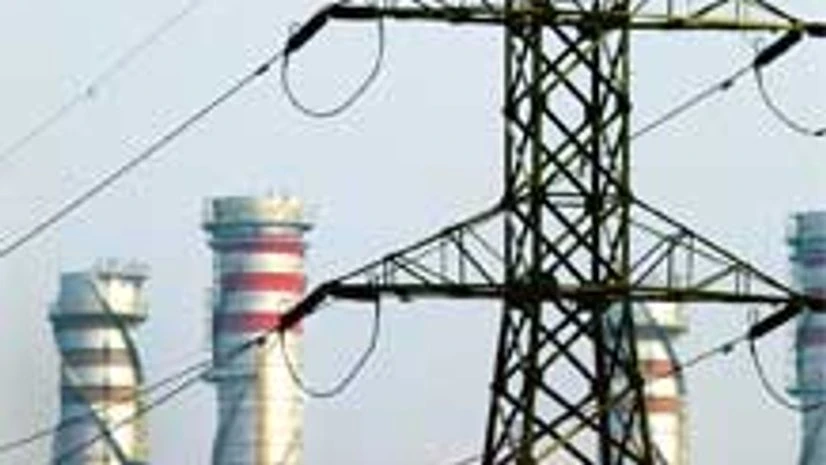India's energy sector will need $2.3 trillion in investments by 2035, accounting for bulk of the energy share in South Asia, according to the Asian Development Bank.
In its 'Energy Outlook for Asia and the Pacific' report released today, ADB also said that energy pricing is a "core problem" in India.
"South Asia's investment needs are the second largest at $2.4 trillion (or 20.6% of total investment requirements in Asia and the Pacific)," said the report.
More From This Section
The projections are for a period of 25 years from 2010 to 2035.
Besides India, other nations in the South Asia region are Bangladesh, Bhutan, India, the Maldives, Nepal, and Sri Lanka.
In the business-as-usual scenario, the final energy demand of India is projected to increase at an annual rate of 2.7% from 2010 to 2035, a slower rate compared with projected GDP growth rate of 5.7% during same period.
"Coal will remain dominant through 2035, driven by the power sector. India will continue to account for the bulk of the energy share in South Asia at 92.5% in 2035," the report said.
With energy demand expected to grow much faster than domestic energy production, the economic impacts of importing fossil fuel, oil, gas and coal are rising, and energy security has become a policy priority for India, ADB said.
It added: "A core problem in India is energy pricing. Oil prices are government-controlled and do not fully reflect the procurement prices. Kerosene and diesel, in particular, and even liquefied petroleum gas are priced far lower.
"In addition, electricity tariffs are also at low levels. Electricity for agricultural use, which is supported through a complex subsidy mechanism, is almost free in certain areas."
As per the report, electricity price controls have also curtailed the motivation to invest in new power plants, further hurting electricity supply.
Noting that low energy prices serve as disincentives for energy efficiency efforts, ADB said that on the supply side, "building a more reasonable energy price system, enhancing the efficiency of existing energy-using equipment, and diversifying the energy source will be important".

)
